The Fascinating World of Prehistoric Creatures
Today, nature is home to many strange and beautiful species. Yet, nothing compares to the incredible creatures that roamed the Earth during the Pleistocene era, commonly known as the Ice Age. Imagine if some of these prehistoric animals survived into modern times. If eyewitness accounts are to be believed, this might just be the case! Here are five Ice Age beasts that could still exist. Get ready for a thrilling journey!
1. The Giant Ground Sloth: A Massive Herbivore
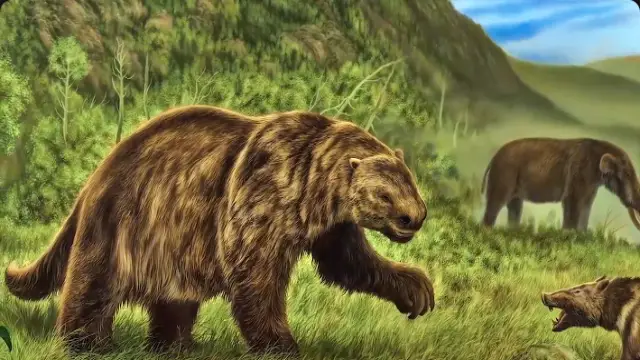
The giant ground sloth was a remarkable creature. It stood as tall as an elephant and weighed around four tons. Unlike its slow modern relatives, this massive sloth had huge claws and a shaggy coat. It roamed much of North and South America, commanding respect from even the fiercest predators.
Although scientists believe the giant ground sloth went extinct about 10,000 years ago, strange sightings persist in the Amazon rainforest. Locals describe a creature called the mapinguari, a large, furry being with enormous claws and a fierce demeanor. Could it be that a population of giant ground sloths survived the Ice Age in the dense Amazon? What do you think?
2. The Short-Faced Bear: A Colossal Predator
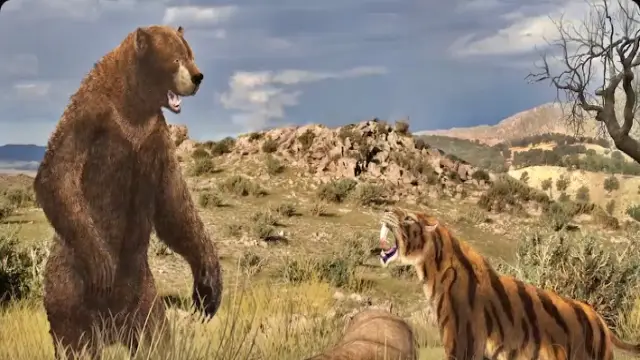
Today, the largest land predator is the polar bear, which can reach up to ten feet tall and weigh over 800 pounds. However, this is nothing compared to its ancient cousin, the short-faced bear. Standing at 13 feet on its hind legs and weighing nearly a ton, this bear was the largest meat-eating mammal ever to walk the Earth.
The short-faced bear roamed Ice Age North America, hunting bison and horses. While scientists believe it went extinct around 10,000 B.C., Native American legends tell of bears much larger than usual. In 1854, Inuit hunters in Canada shot a bear unlike any they had seen before. Naturalist Robert McFarlane examined the remains and declared it a new species. Unfortunately, the remains are too degraded for conclusive analysis today. Could this bear still be lurking in the wild?
3. The Moa: A Giant Flightless Bird
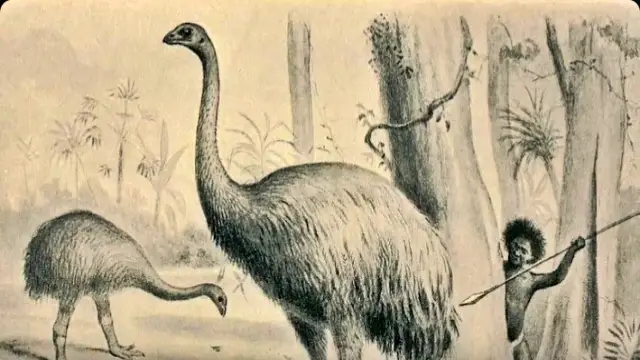
On the isolated island of New Zealand lived the moa, a gigantic flightless bird that stood 12 feet tall and weighed more than a horse. Despite its size, the moa was a gentle herbivore. Sadly, it became an easy target for Polynesian settlers, leading to its extinction around 12,000 years ago.
Rumors of the moa’s existence continue today. Locals report strange bird calls and have found large three-toed tracks in the forests. One compelling piece of evidence is a blurry photograph taken in 1993 by hotel owner Paddy Freeney. He claimed to have spotted a large bird near a stream. Although the photo is unclear, could the moa still be living quietly away from human eyes?
4. Megalania: The Giant Monitor Lizard
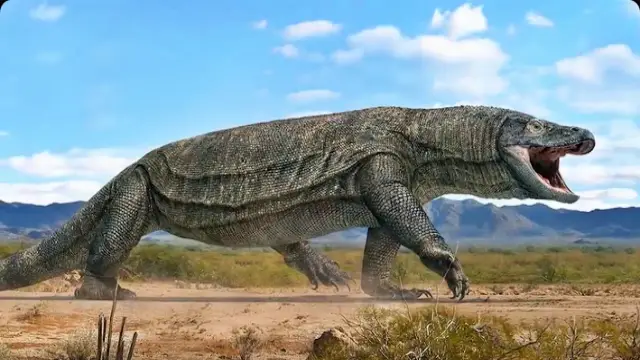
Australia is famous for its unique wildlife, but during the Pleistocene, it was home to even stranger creatures. One of these was Megalania, a gigantic monitor lizard that was larger than a crocodile. With razor-sharp teeth and a venomous bite, it was a fearsome predator.
European settlers reported sightings of massive lizards upon their arrival in Australia. In 1890, a village was besieged by an unknown reptile that killed livestock. More recent sightings include a 1970 report from a surveyor in Alice Springs, who saw a large creature that stood up and disappeared into the underbrush. In 1979, a cattle farmer claimed to have seen a lizard over 20 feet long. Could Megalania still roam the Australian wilderness?
5. The Saber-Toothed Cat: A Fearsome Predator
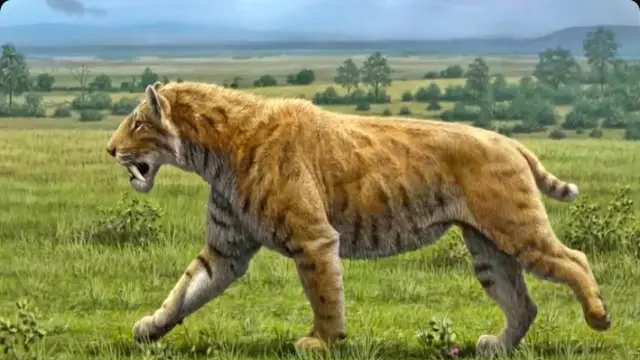
The saber-toothed cat, or Smilodon, is perhaps the most iconic Ice Age creature. With its massive fangs and powerful build, it was a skilled hunter. This cat roamed both North and South America until the end of the Ice Age.
In Chad, Africa, locals tell tales of a big cat that resembles the saber-toothed cat. They describe it as larger than typical cats, with dark fur and protruding fangs. In 1910, French missionaries reported an attack by a creature they called a “water tiger.” In 1975, a hunter heard strange roars coming from a cave, which his guide attributed to the legendary big cat. Could this apex predator have survived in this remote part of Africa?
Conclusion: The Mystery of Ice Age Beasts
These five incredible Ice Age beasts may still exist today. From the giant ground sloth to the saber-toothed cat, the possibility of their survival sparks our imagination. What do you think? Are these ancient creatures still roaming the Earth, hidden from our view?

